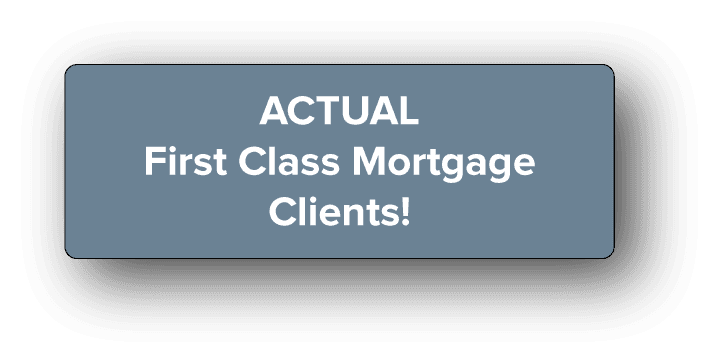Key Takeaways
- Minnesota living cost is generally lower than the national average
- Housing, groceries, and transportation costs vary by city
- Rural towns like Hibbing and Fairmont offer lower costs overall
- Winter utility bills can be high, so budget ahead
- Healthcare access and pricing differ depending on the region
- Using a cost calculator can help you plan your move wisely
About Minnesota’s Living Cost
Minnesota is often seen as a land of balance. It has thriving cities, peaceful small towns, and outdoor spaces that go on for miles. But how much does it really cost to live here? The truth is, the Minnesota living cost varies depending on where you live, how you live, and what matters most to you.
Whether you’re thinking about buying a home, renting an apartment, or just curious about how far your money will go, this guide will walk you through the basics of daily expenses across the state.
What Affects Minnesota Living Cost
The Minnesota living cost includes more than just housing. It covers your everyday needs like:
- Groceries
- Utilities
- Transportation
- Healthcare
- Entertainment
- Taxes
In cities like Minneapolis or St. Paul, you might pay more for rent but have better access to public transit and jobs. In smaller towns like Albert Lea or Hibbing, housing is cheaper but you may need to drive more or travel farther for healthcare.
Housing Prices Around the State
Housing is one of the biggest parts of the Minnesota living cost. Here’s a quick look:
- Minneapolisand St. Paul: Rent ranges from $1,200 to $1,800. Buying a homemay cost around $280,000 or more.
- Mid-size cities like Duluth and Rochester: You can often find homes between $200,000 and $250,000.
- Small towns like Fairmont, Crookston, or Bemidji: Homes may cost under $200,000, and rent can drop below $900 per month.
Overall, the cost of living in Minnesotais about 4–6% lower than the national average, but this depends heavily on location.


Daily Essentials and Utilities
Groceries in Minnesota are close to the national average. Expect to pay around $300–$400 per person each month if you’re careful with your spending.
Utilities in Minnesota can be higher during the winter due to heating costs. Electricity, water, and gas combined may average around $250–$350 per month for a household, depending on the season and home size.
Transportation and Healthcare
If you live in the Twin Cities, public transportation through Metro Transit can help save money. A monthly transit pass costs around $70–$120. In rural areas, you’ll need to budget more for fuel and car maintenance.
Healthcare is a mixed bag. Minnesota has top-rated hospitals and clinics, but costs vary. A single adult may spend $300–$500 monthly on health insurance premiums depending on the plan.


Taxes and Other Costs
Minnesota has a state income tax, with rates ranging from 5.35% to 9.85%. Property taxes and sales tax (6.875% statewide) also add to the Minnesota living cost.
The good news? High-quality public schools, libraries, and parks help balance these expenses.
How to Keep Costs Manageable
- Choose a city where housing is affordableand job opportunities are stable
- Consider smaller towns if you work remotely or are retired
- Compare healthcare plans before moving
Find a Budget-Friendly Home in Minnesota
If you’re ready to move and want help making sense of the Minnesota living cost, our team is here for you. We’ll connect you with local experts who understand which cities fit your budget and lifestyle.
Contact us todayand get started on finding your next home in Minnesota.
First Class Mortgage
First-class service. First-class knowledge. A first-class experience. We are staffed and operated by people who understand that each customer is special and individual attention is necessary to satisfy each unique financial situation. That’s why at First Class Mortgage, we have simplified the mortgage process.
Locally owned. Connected nationwide.


